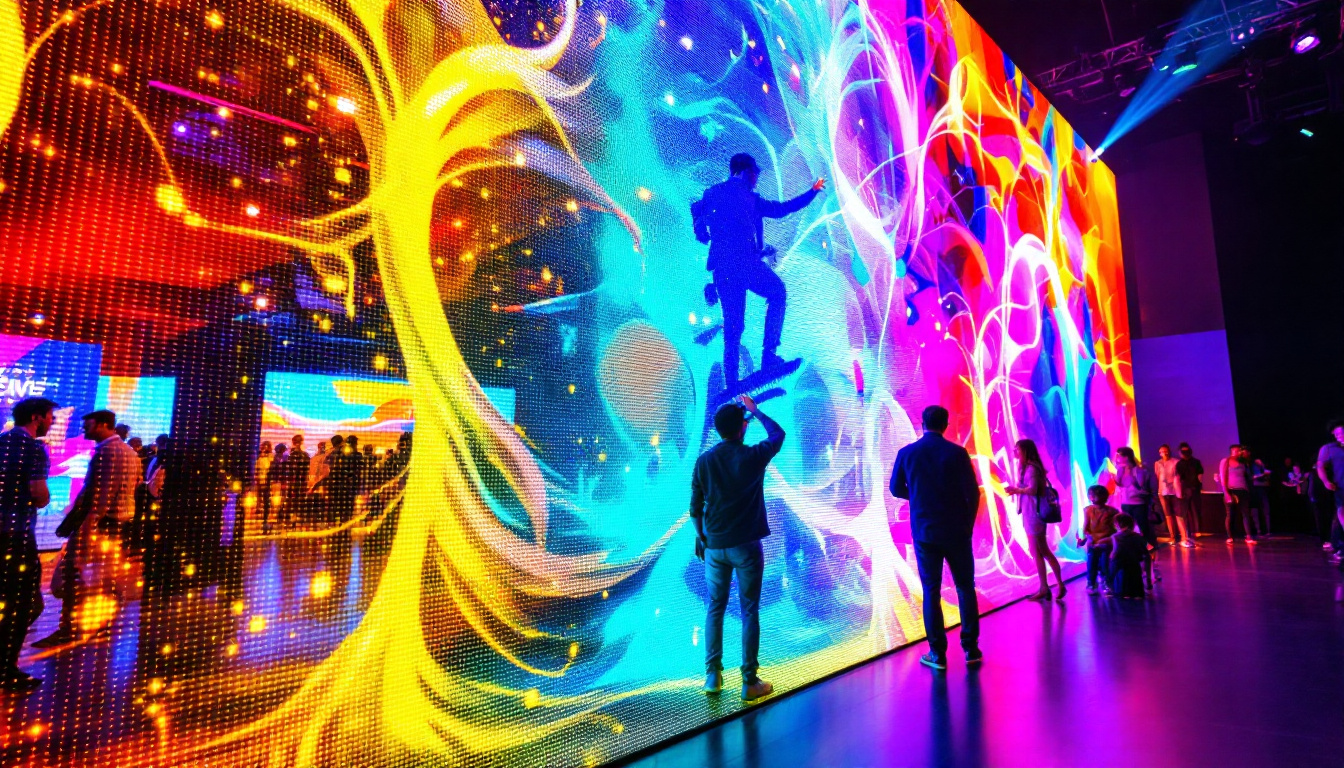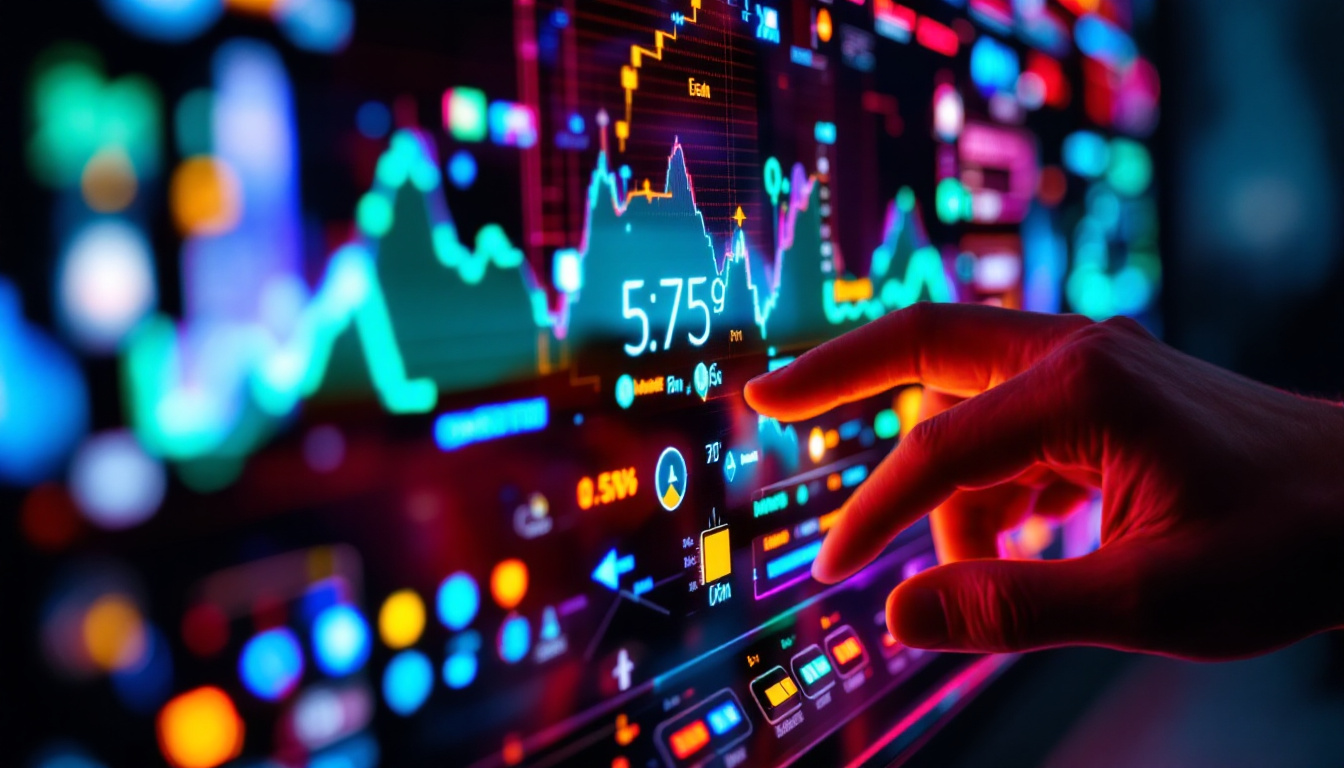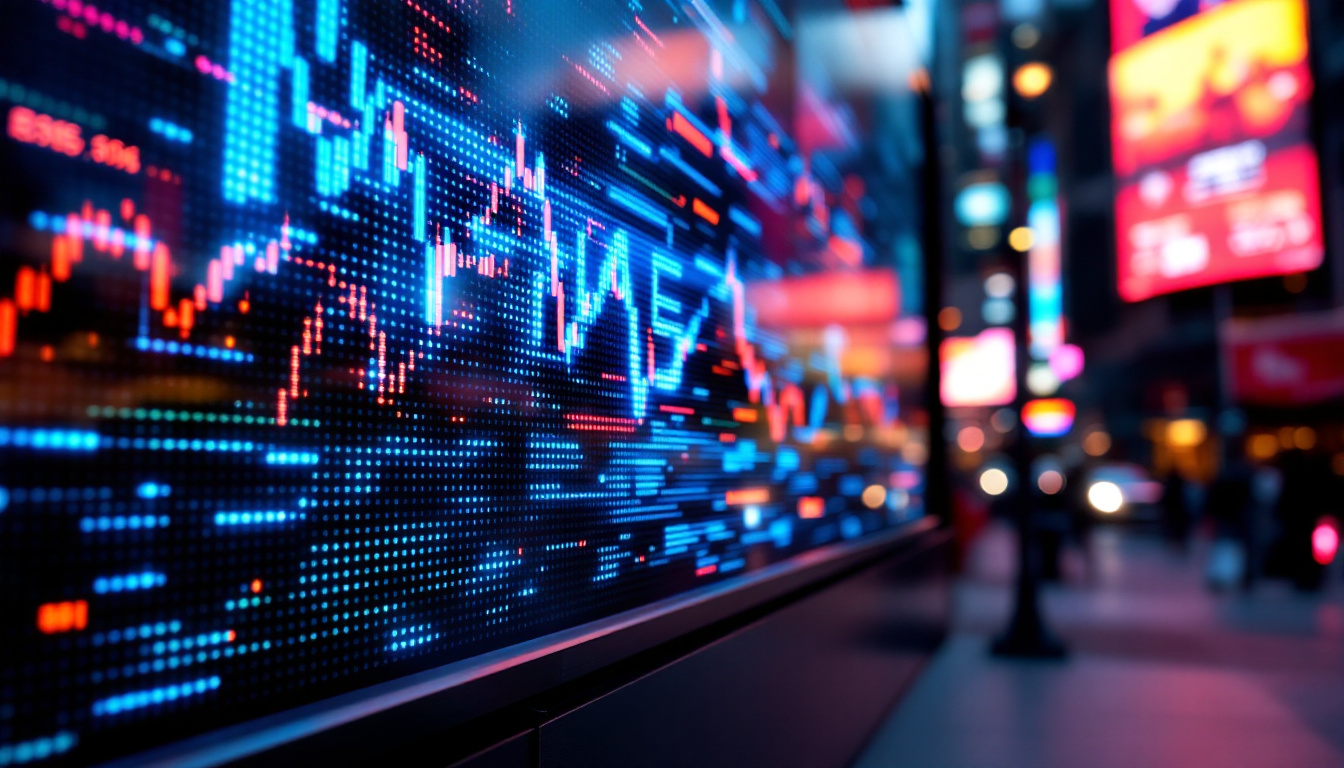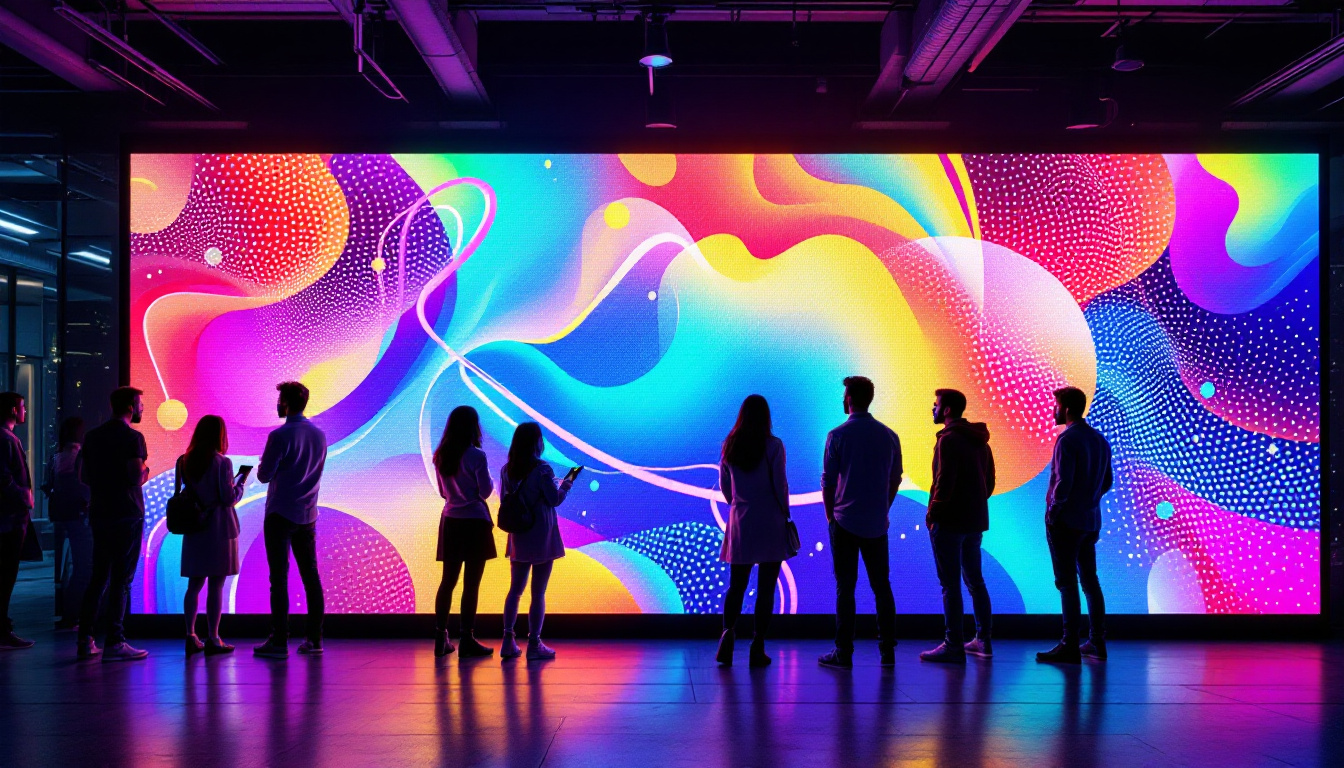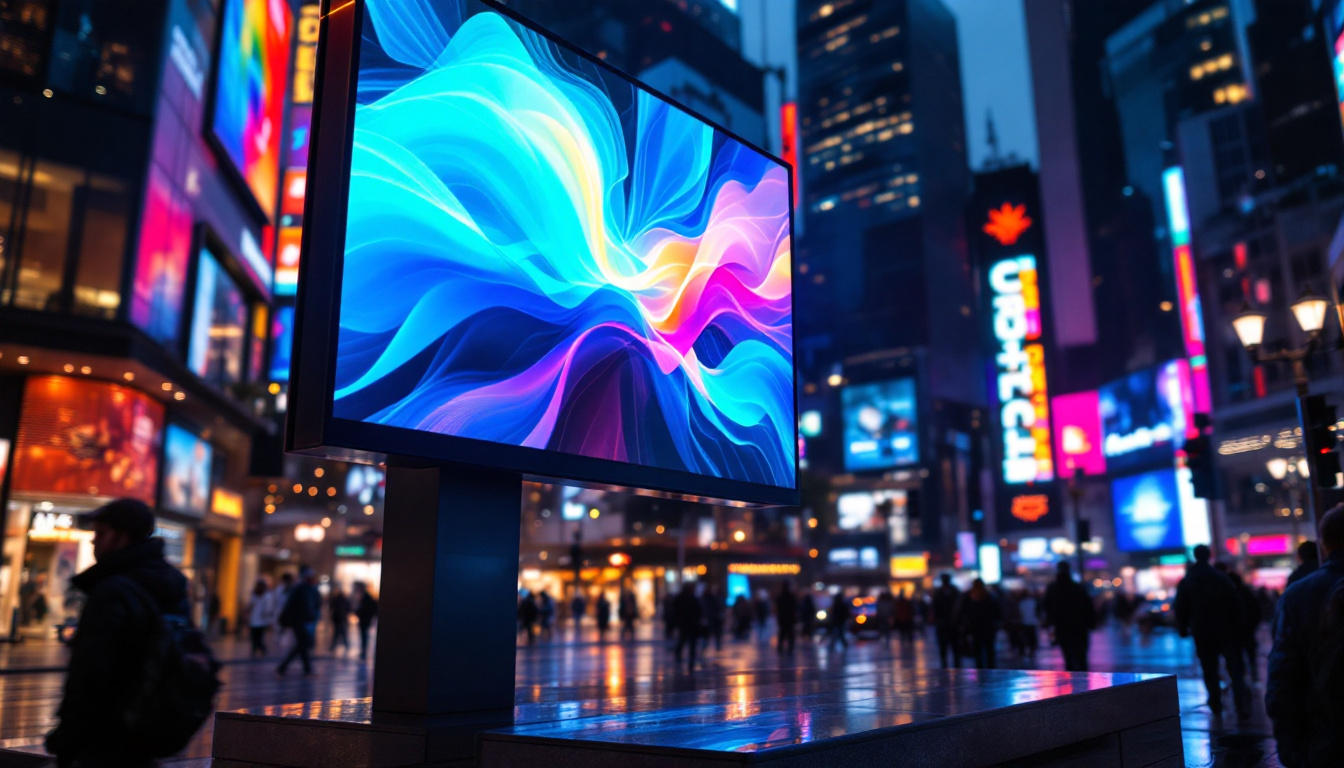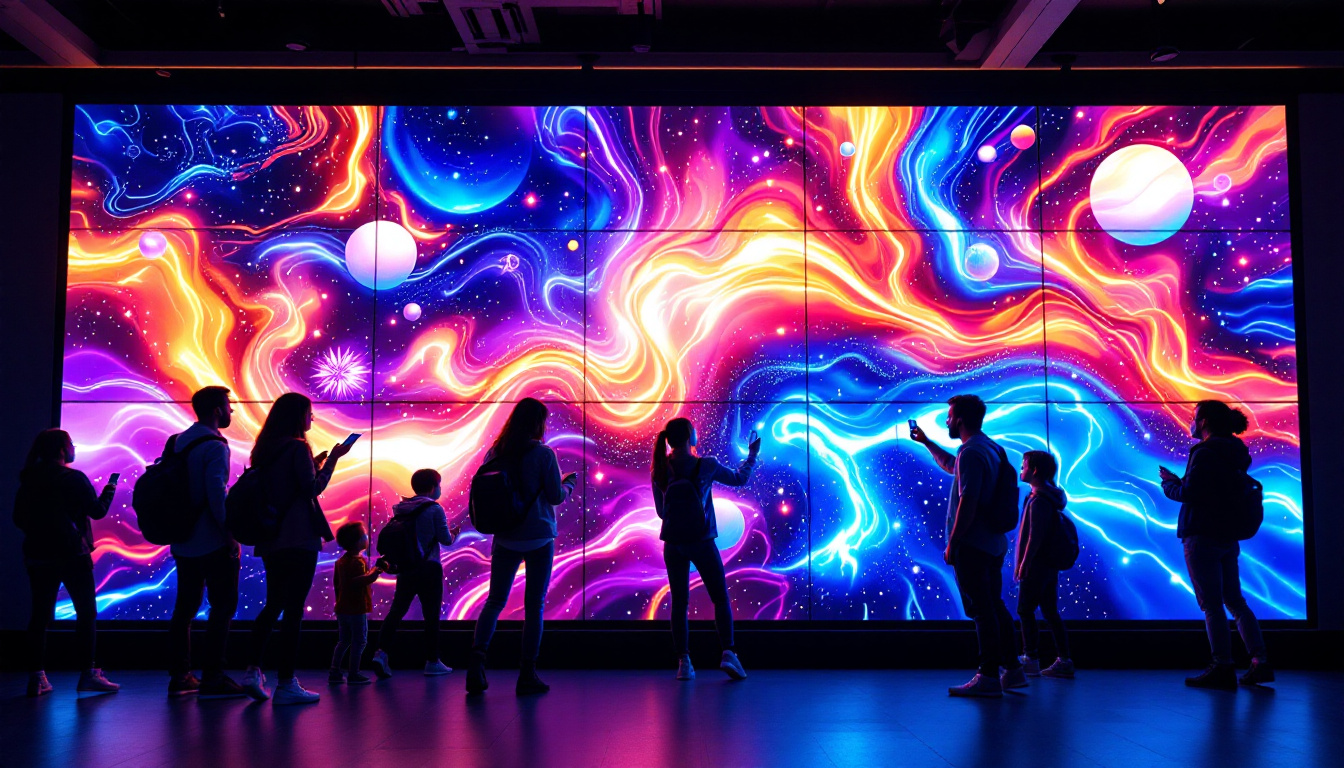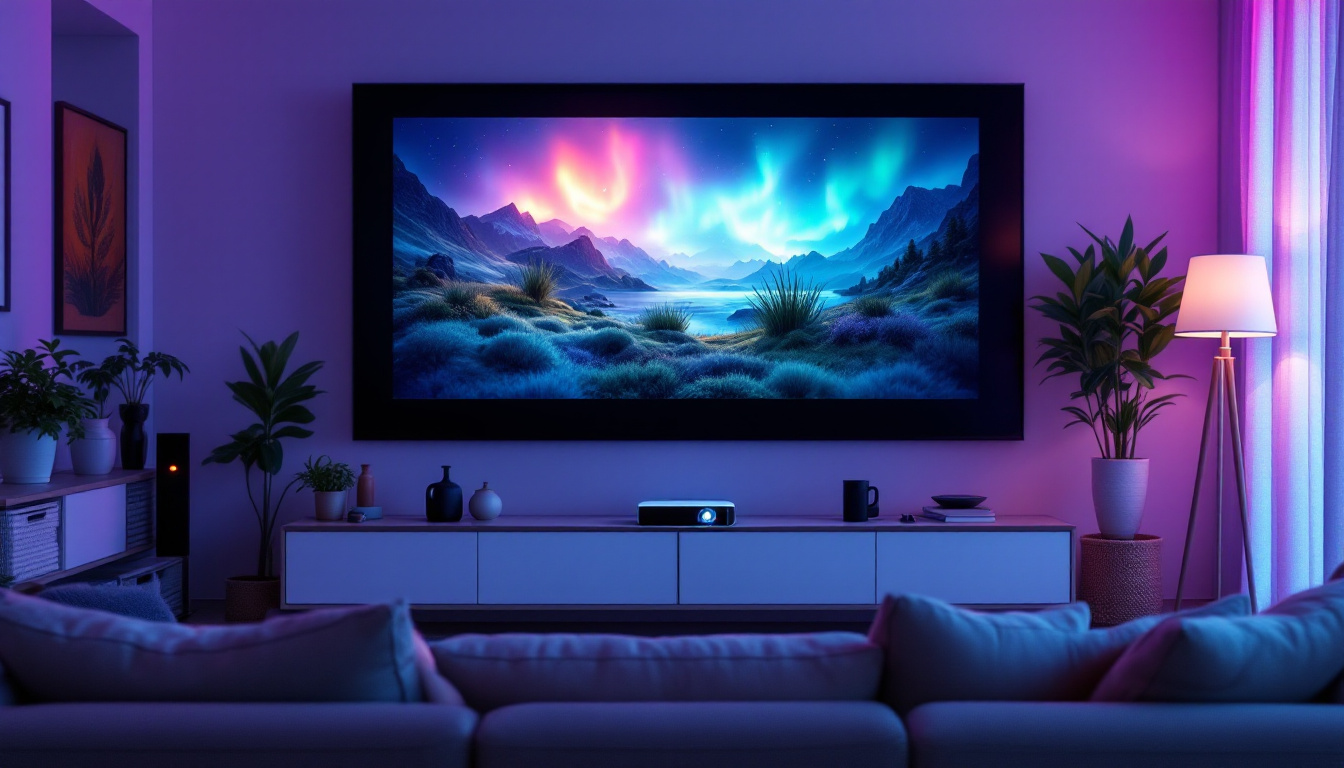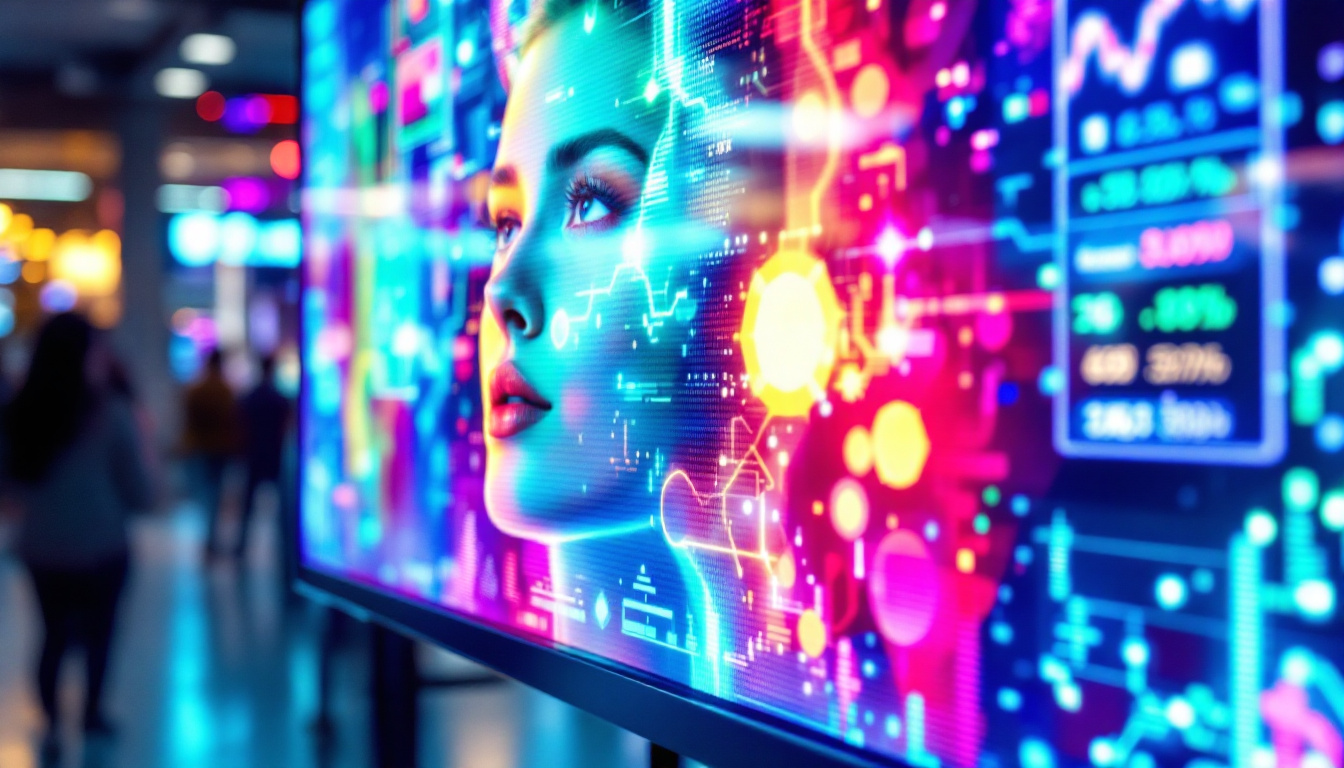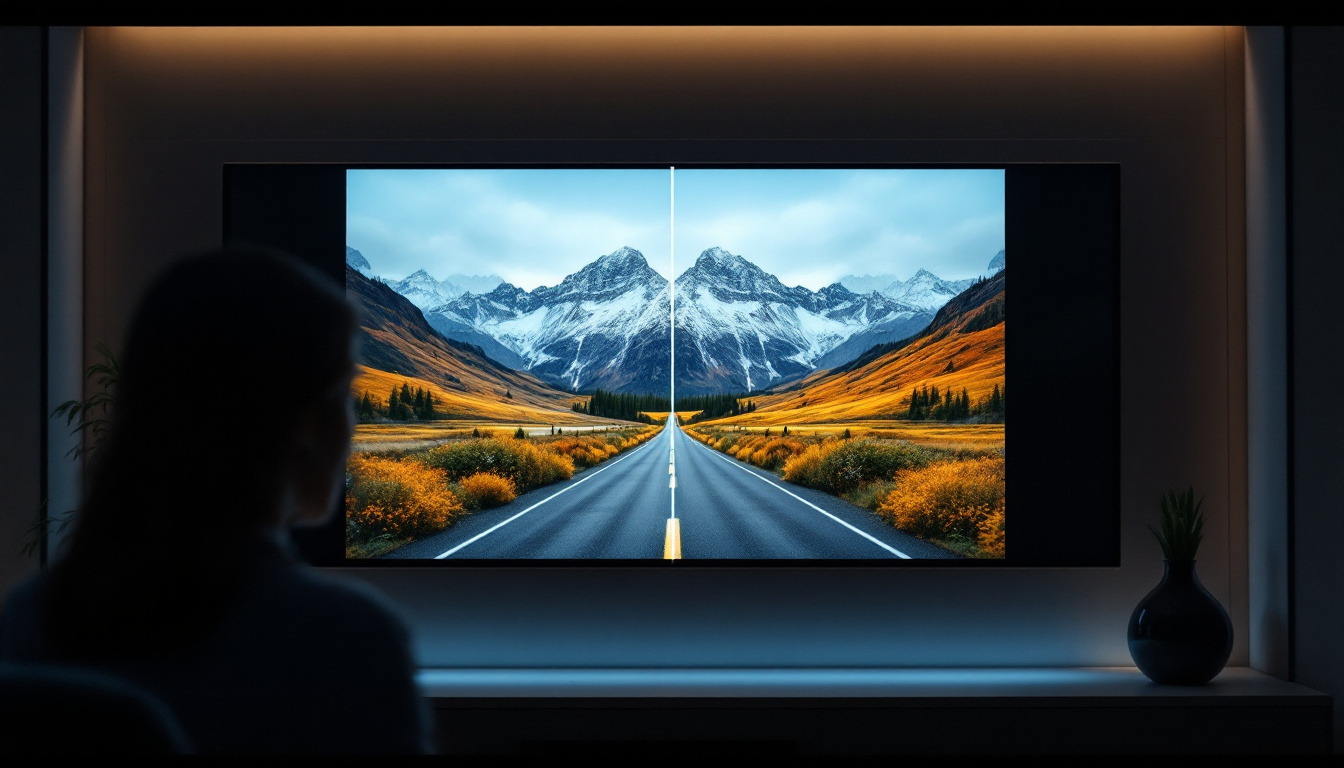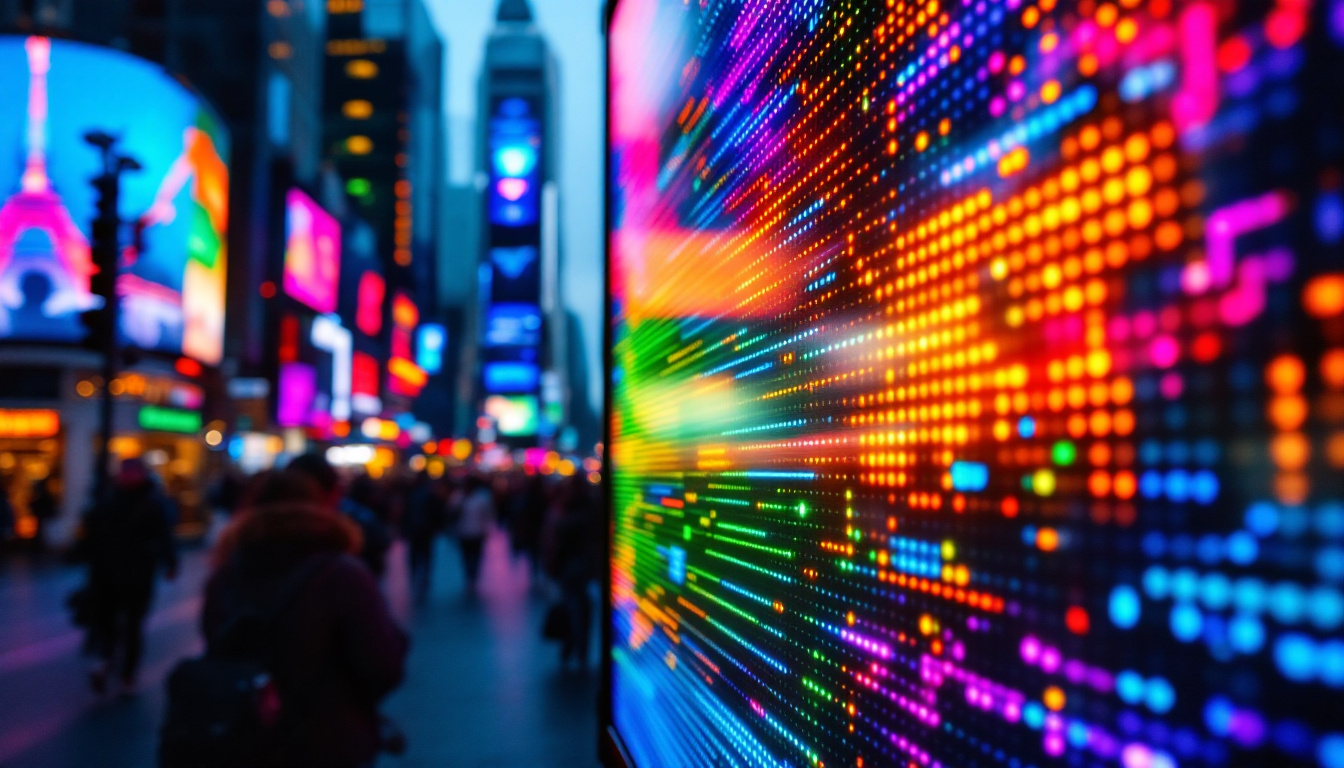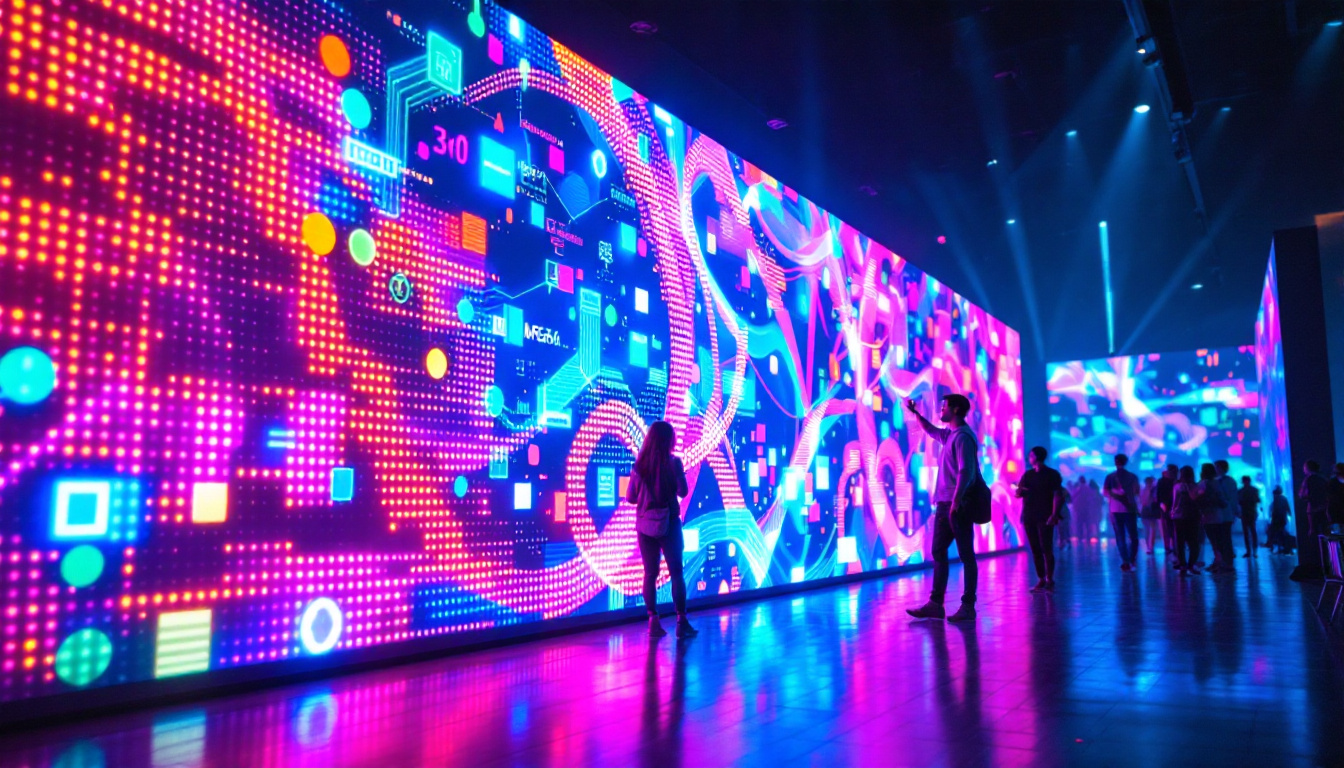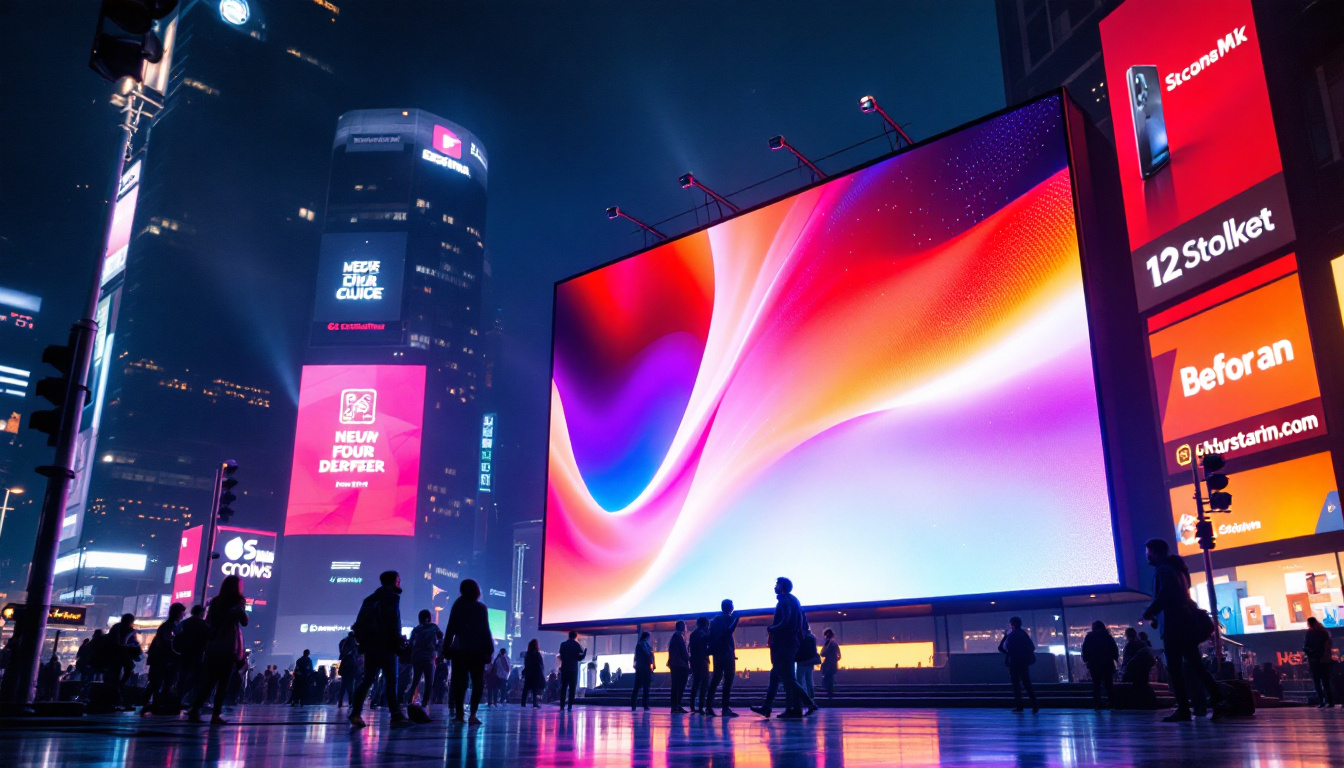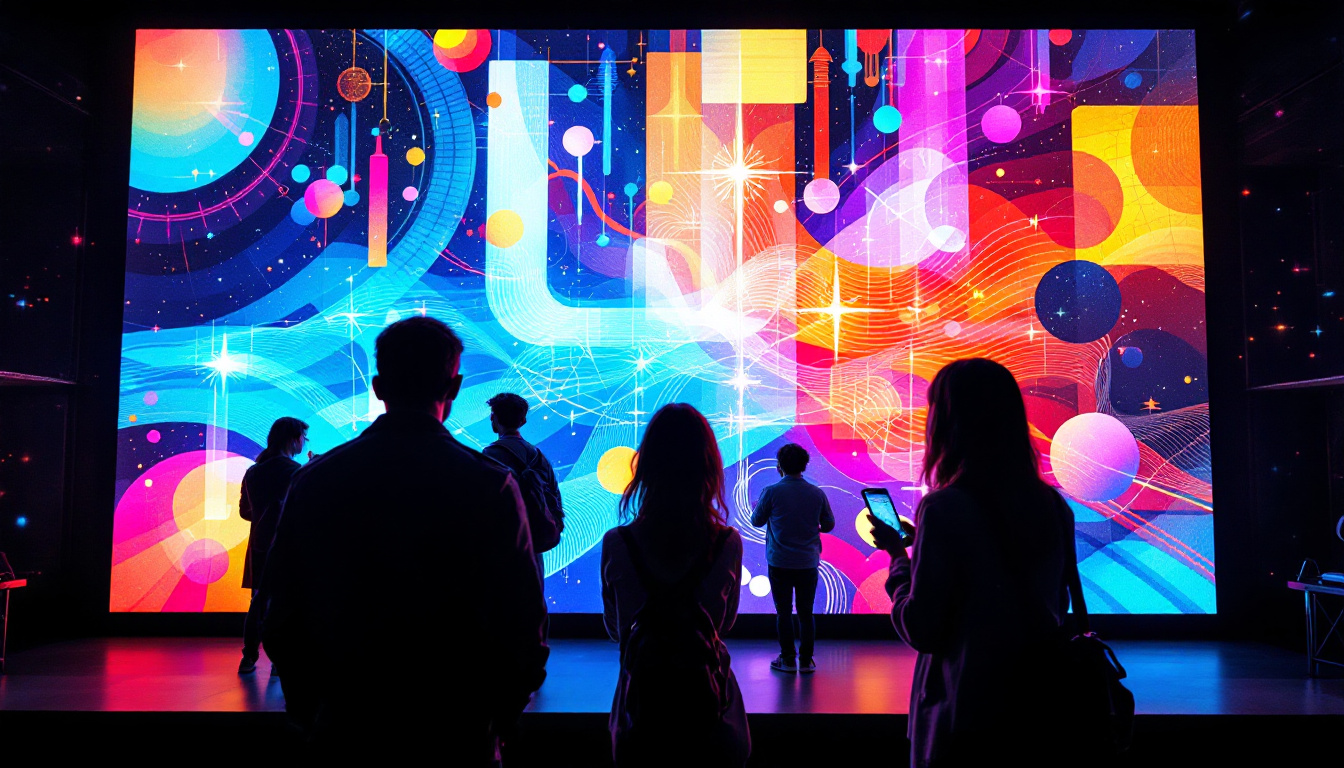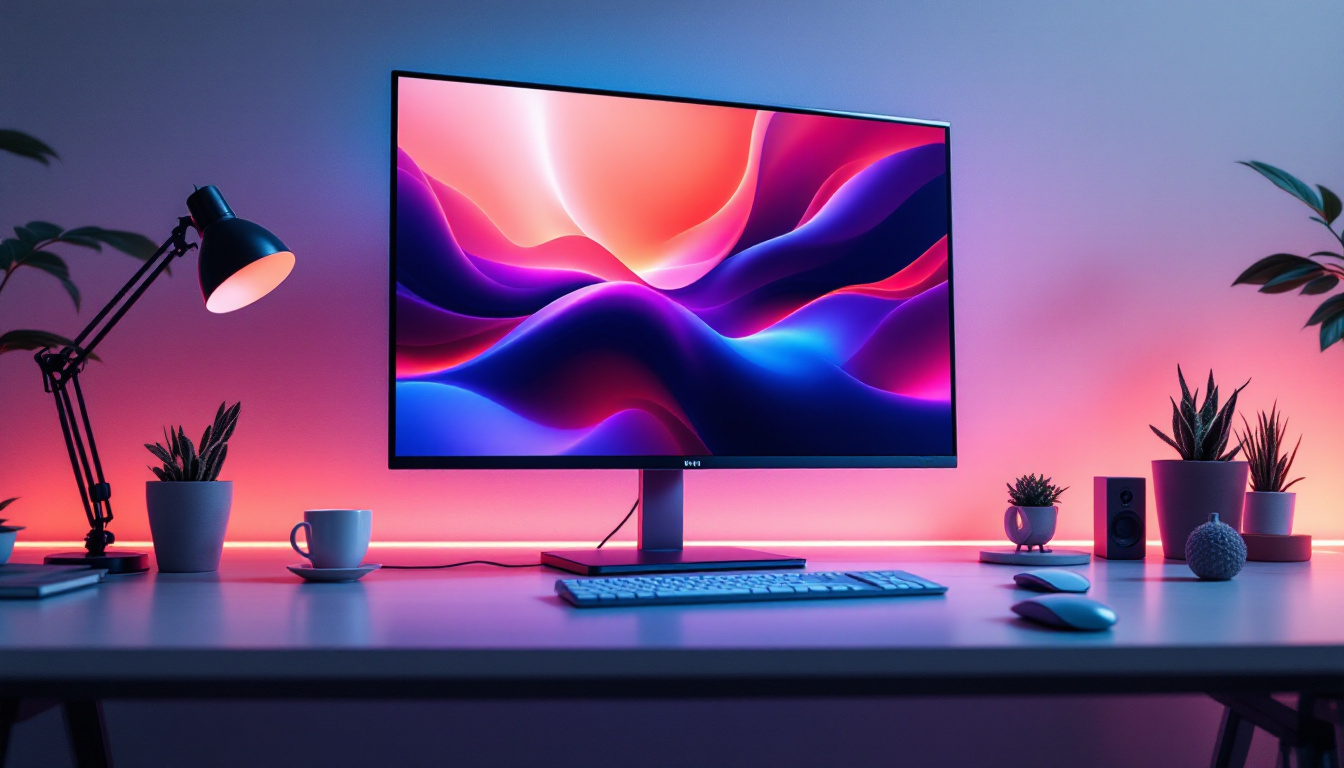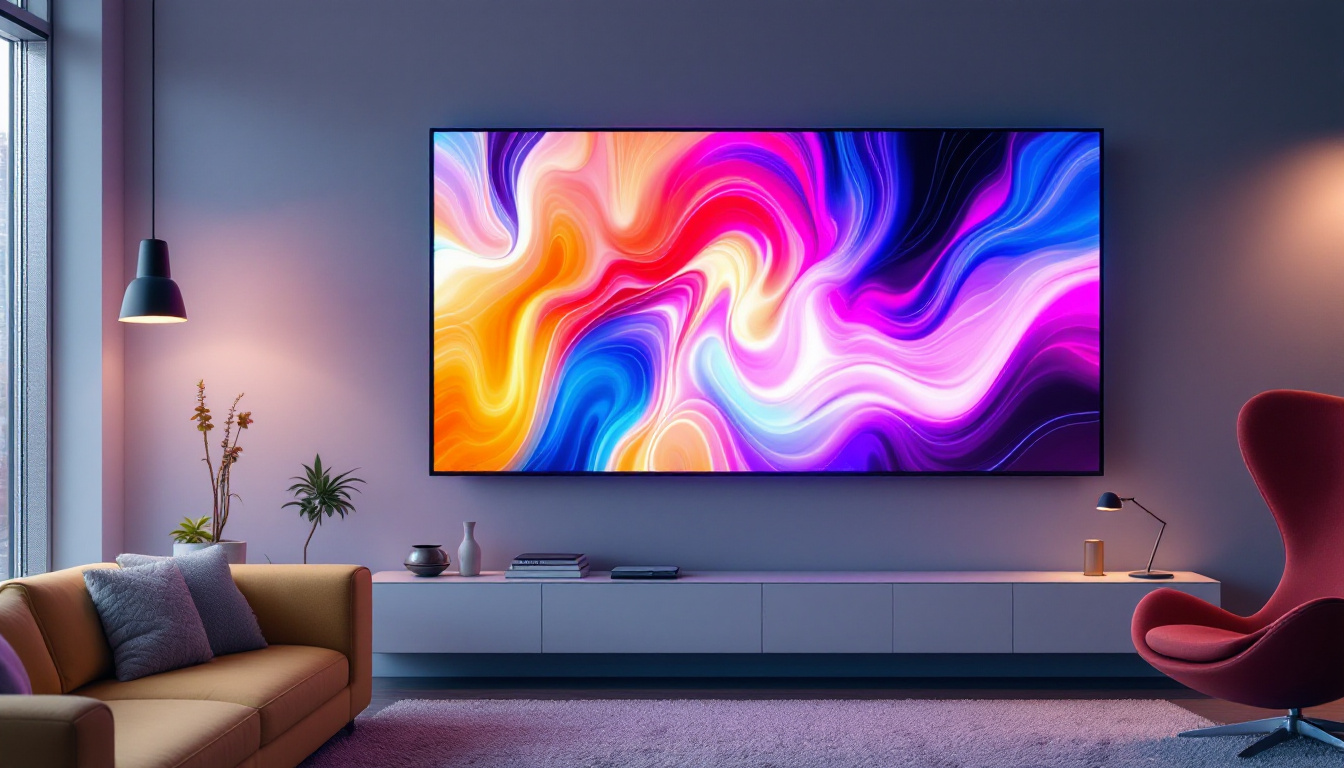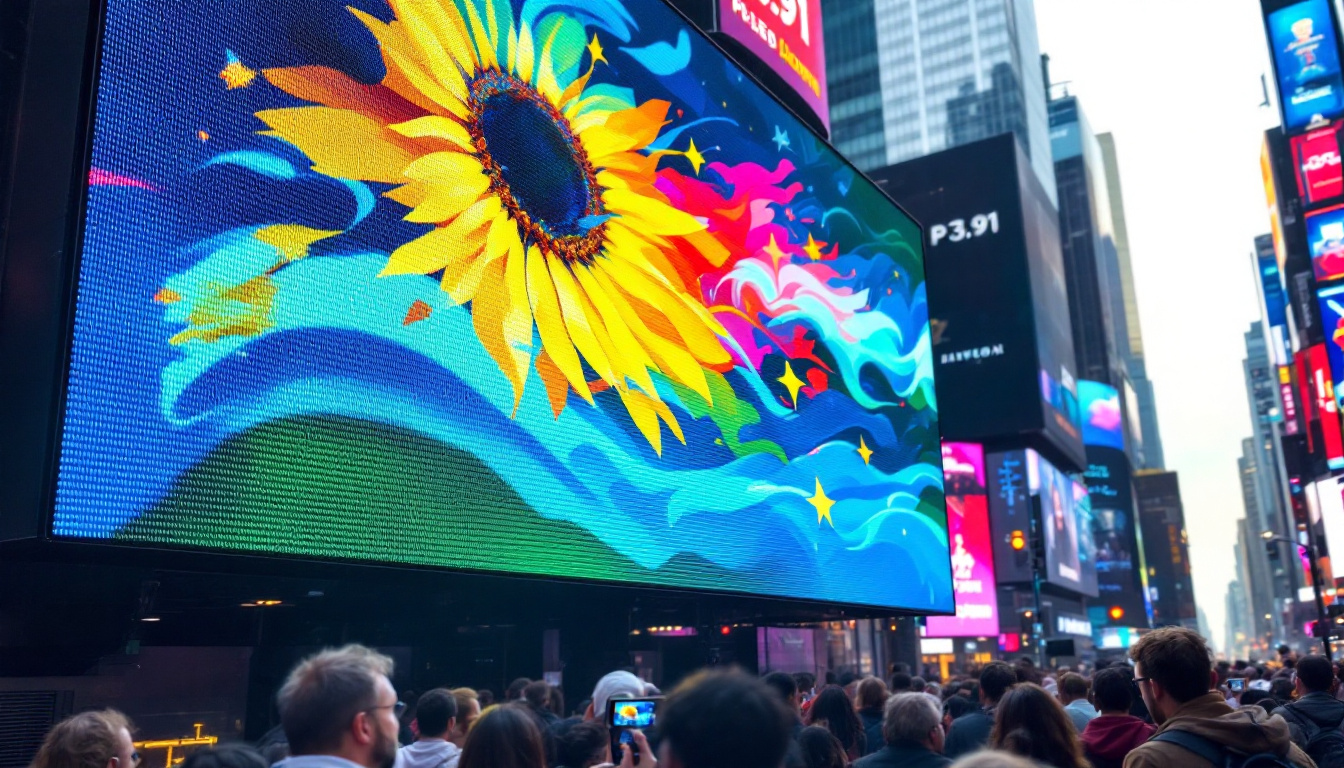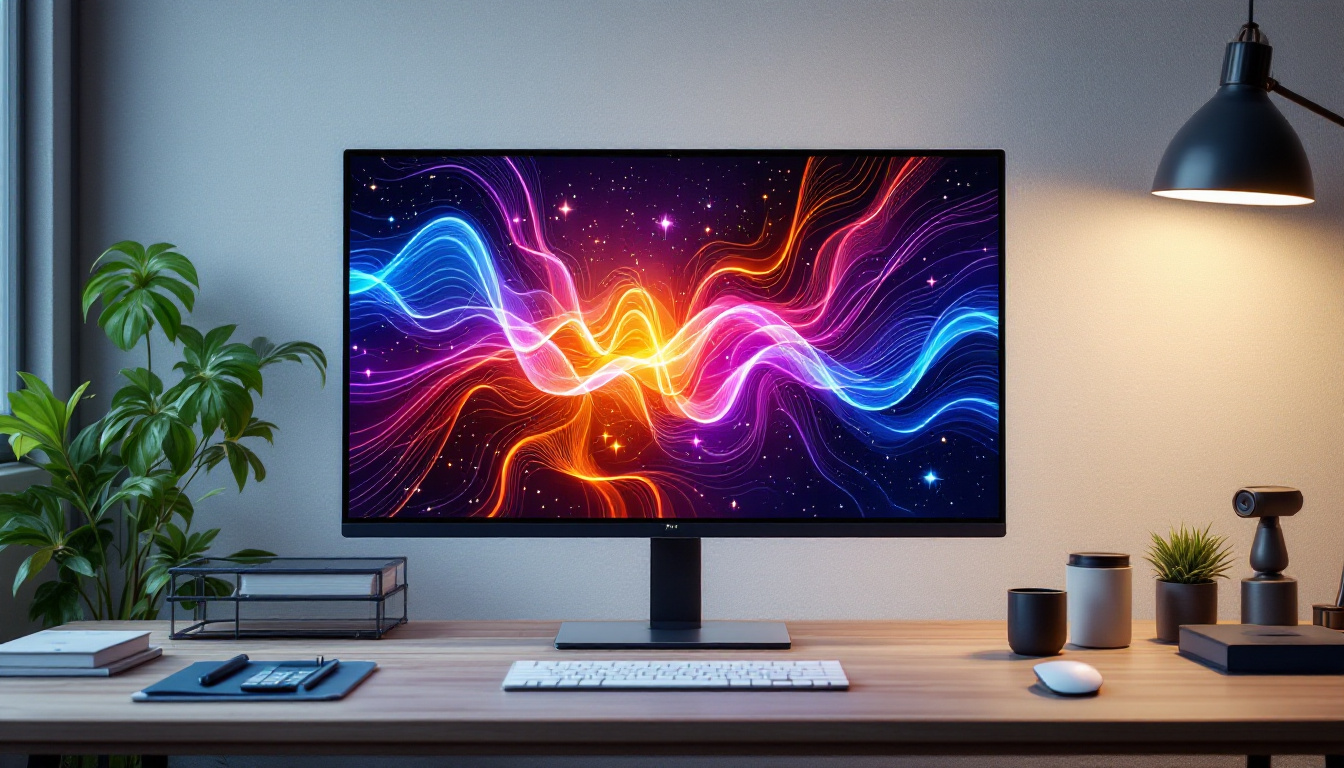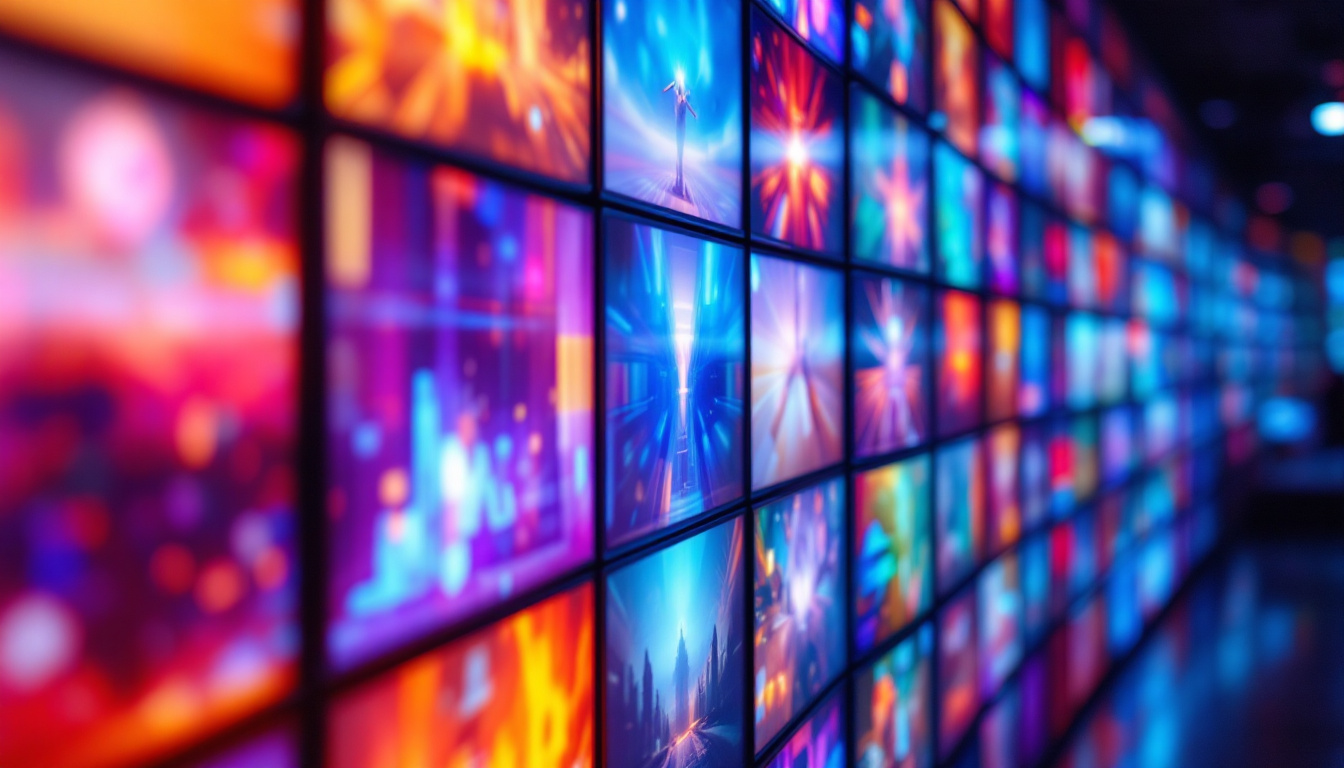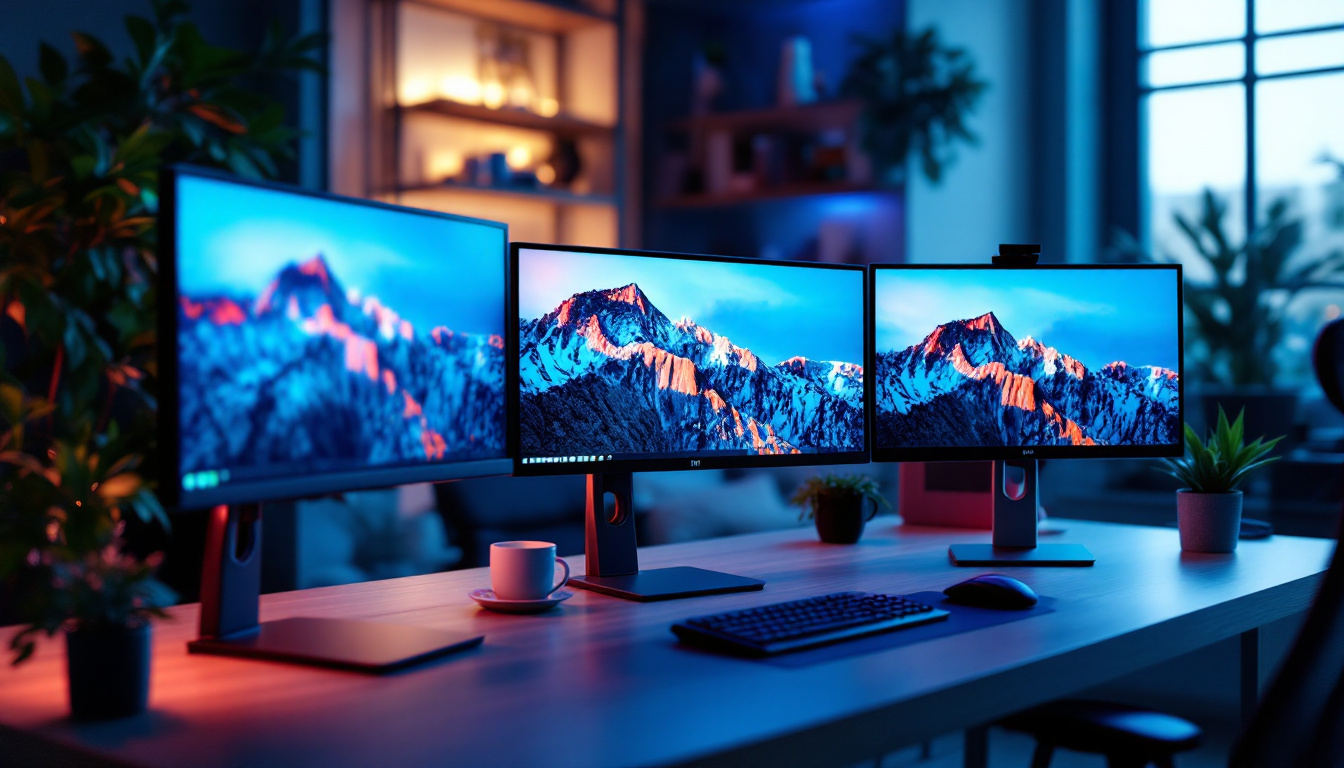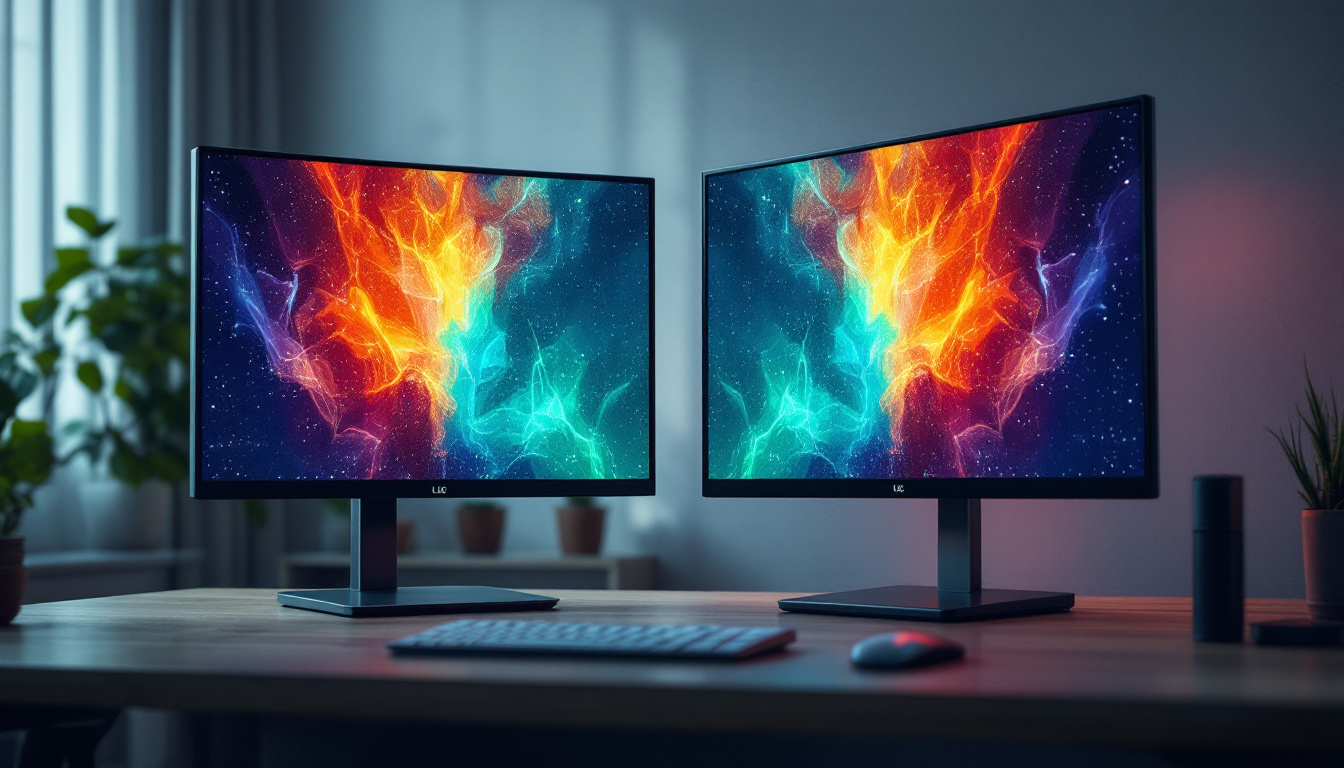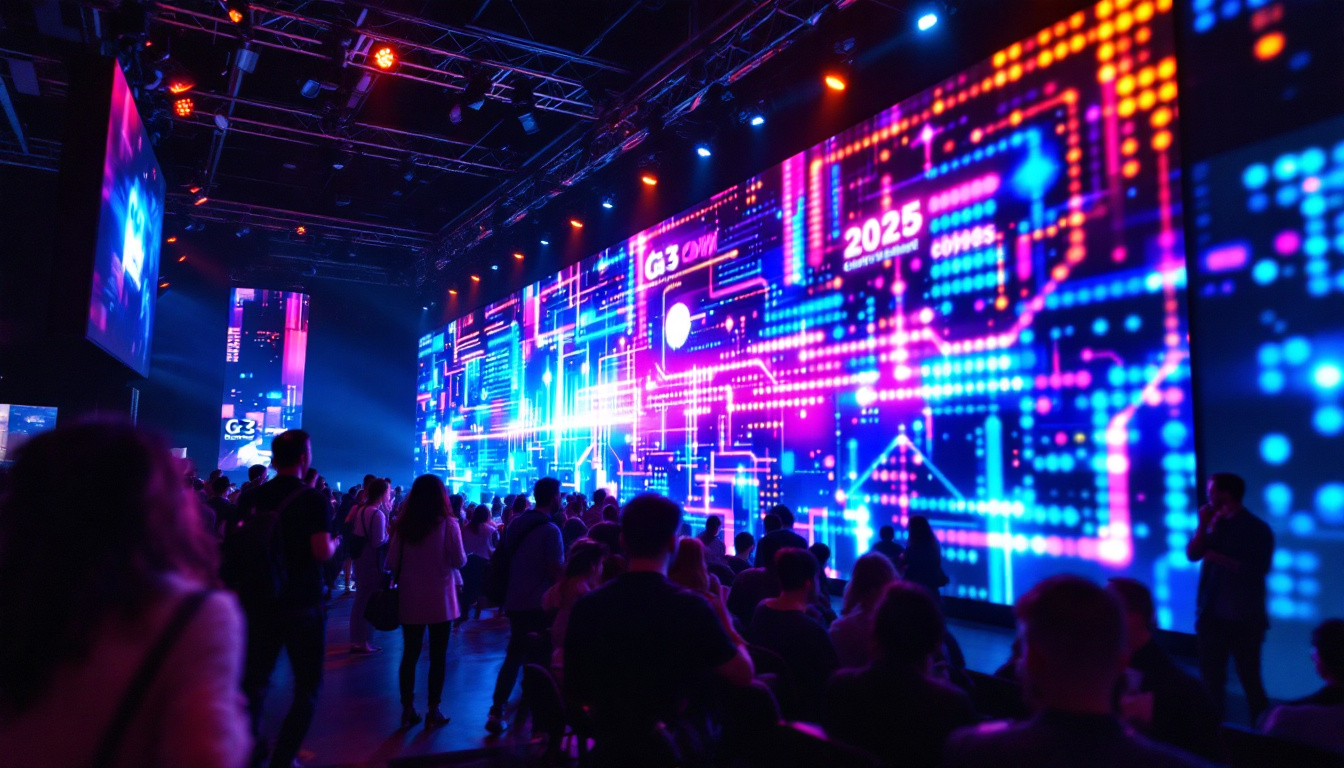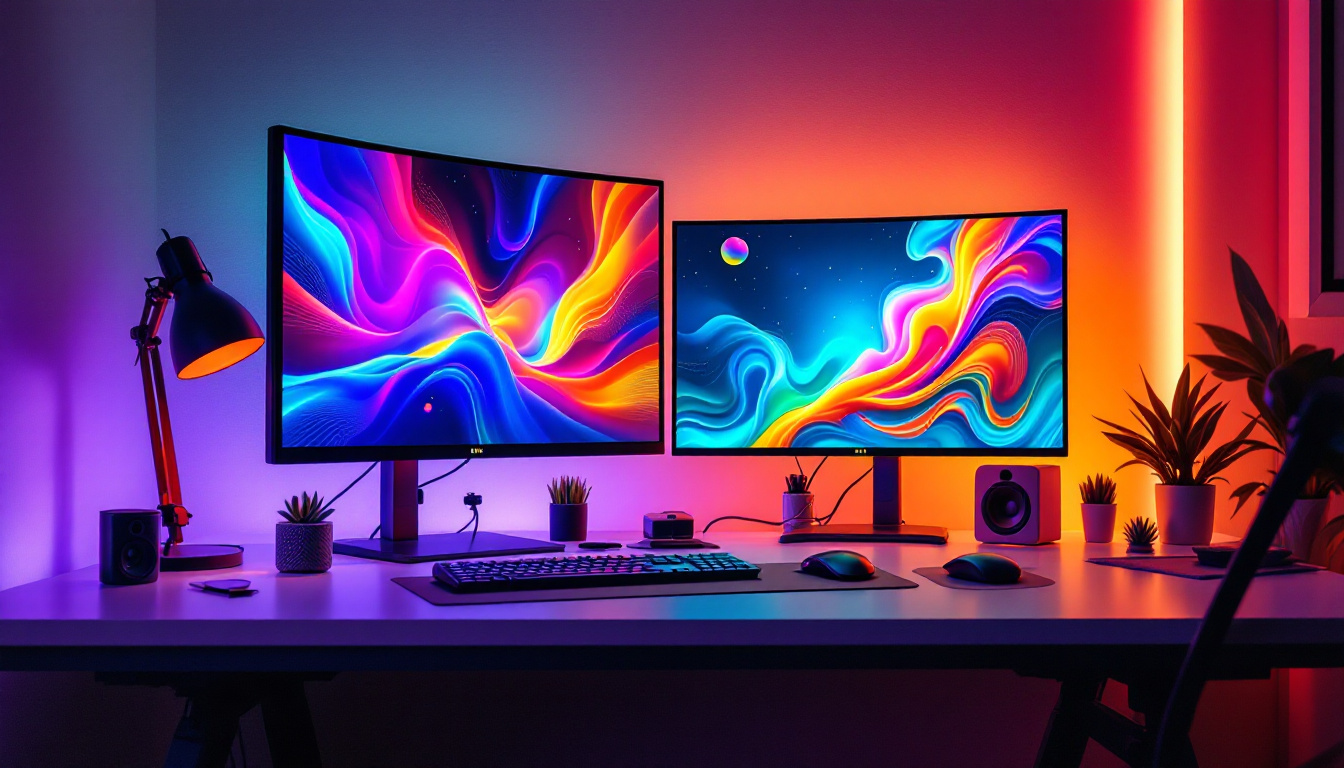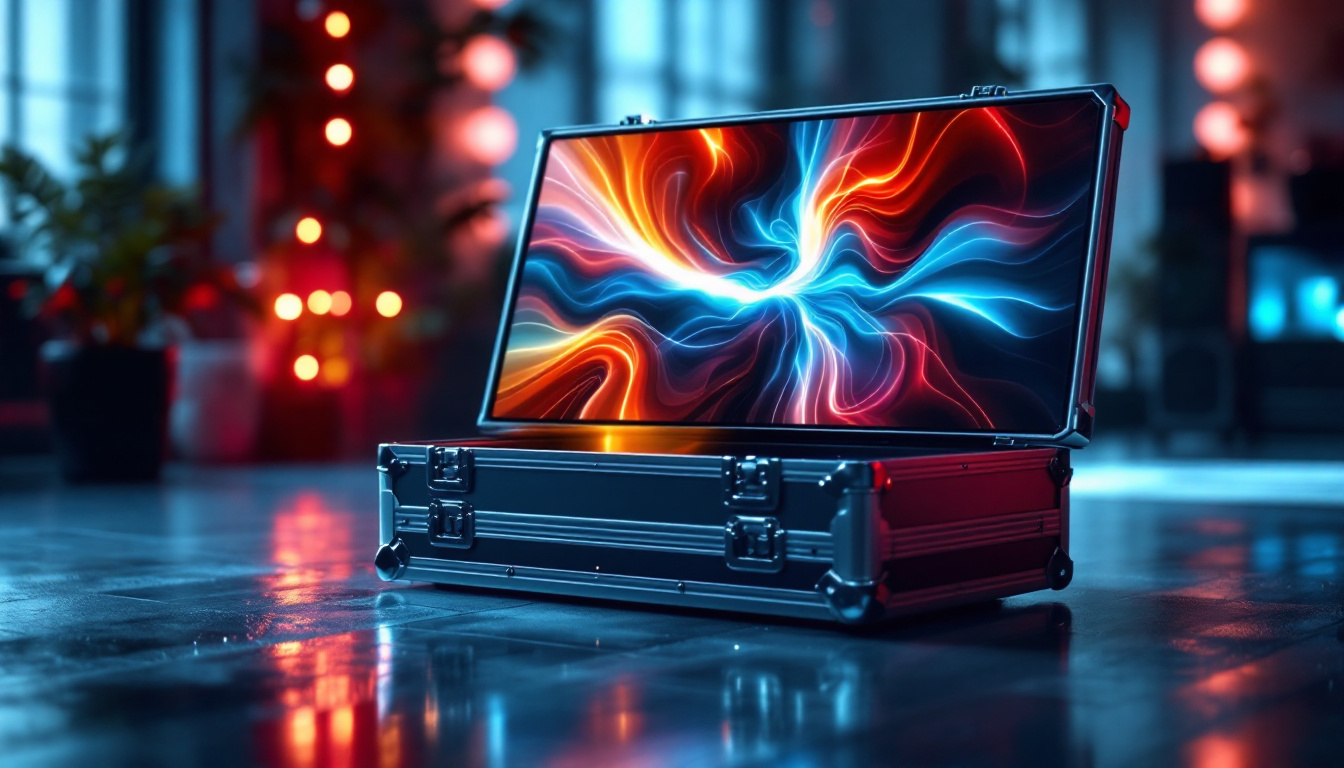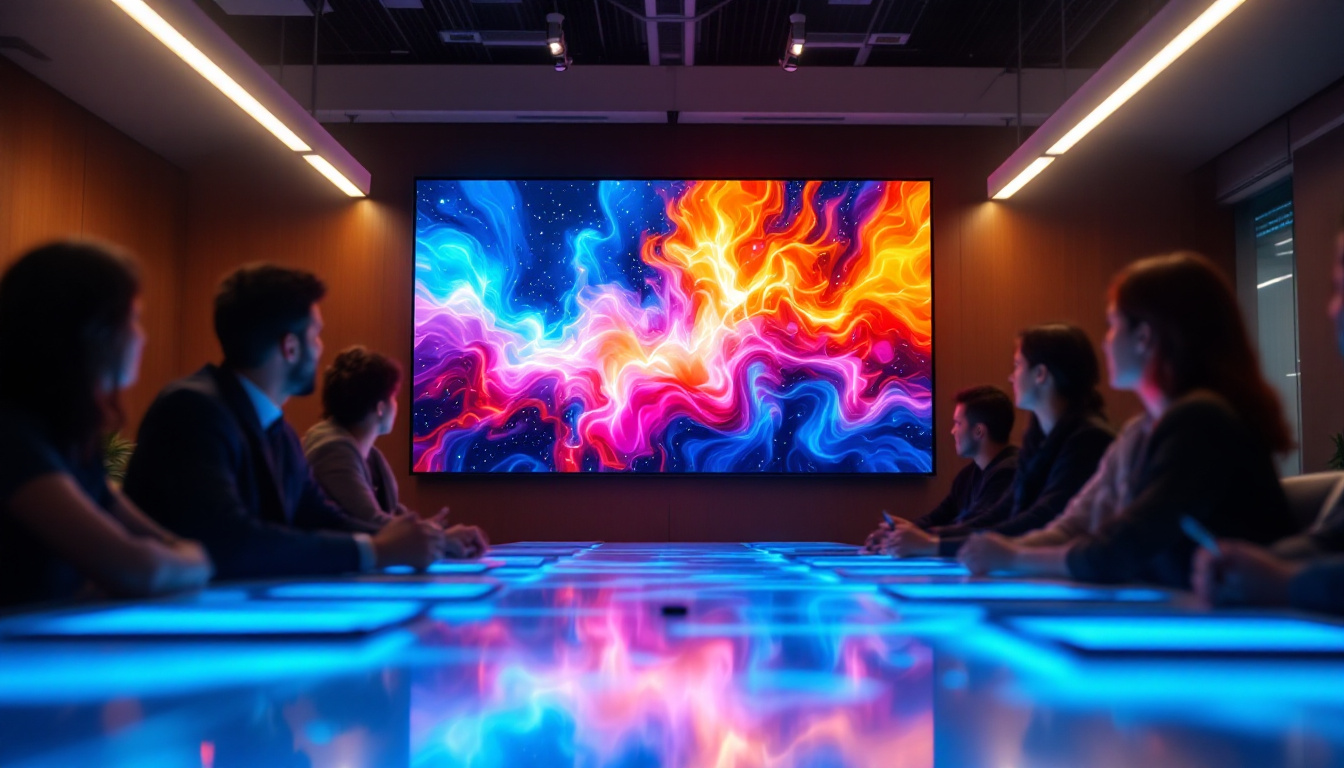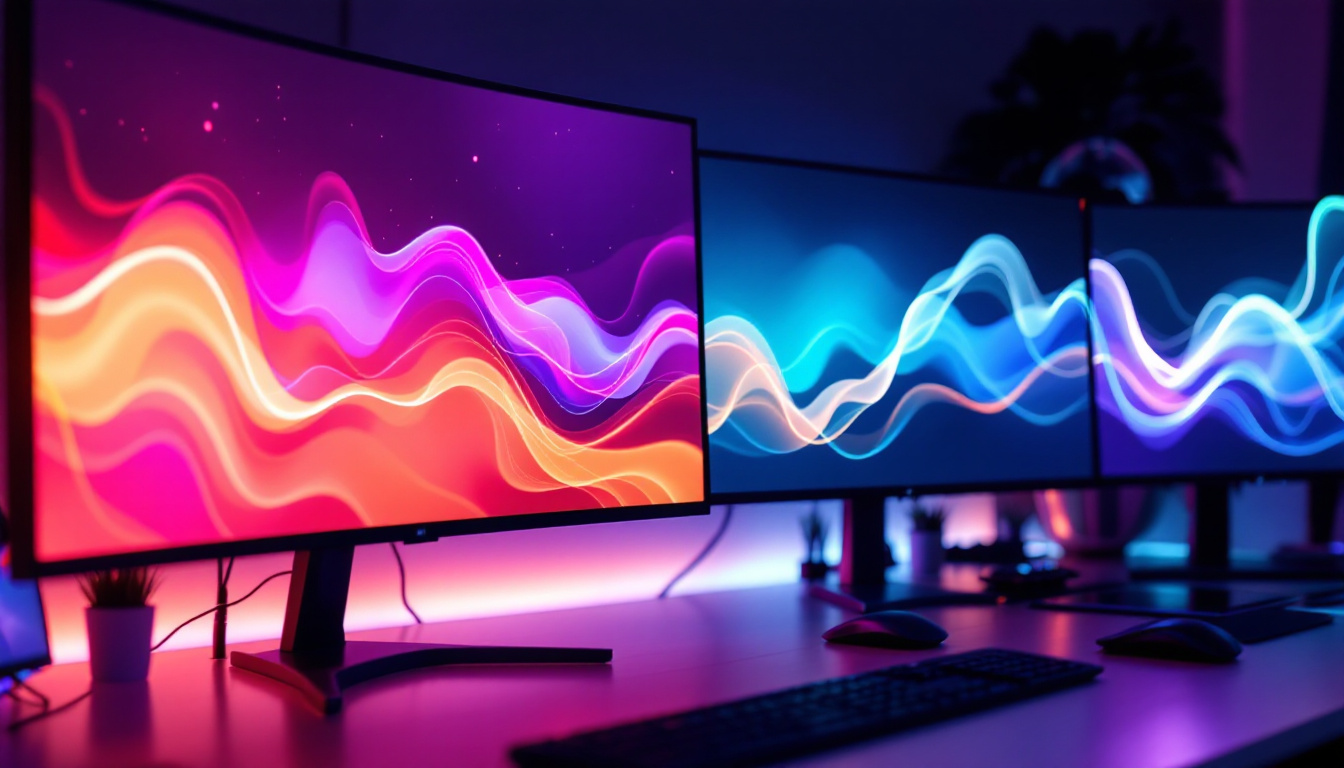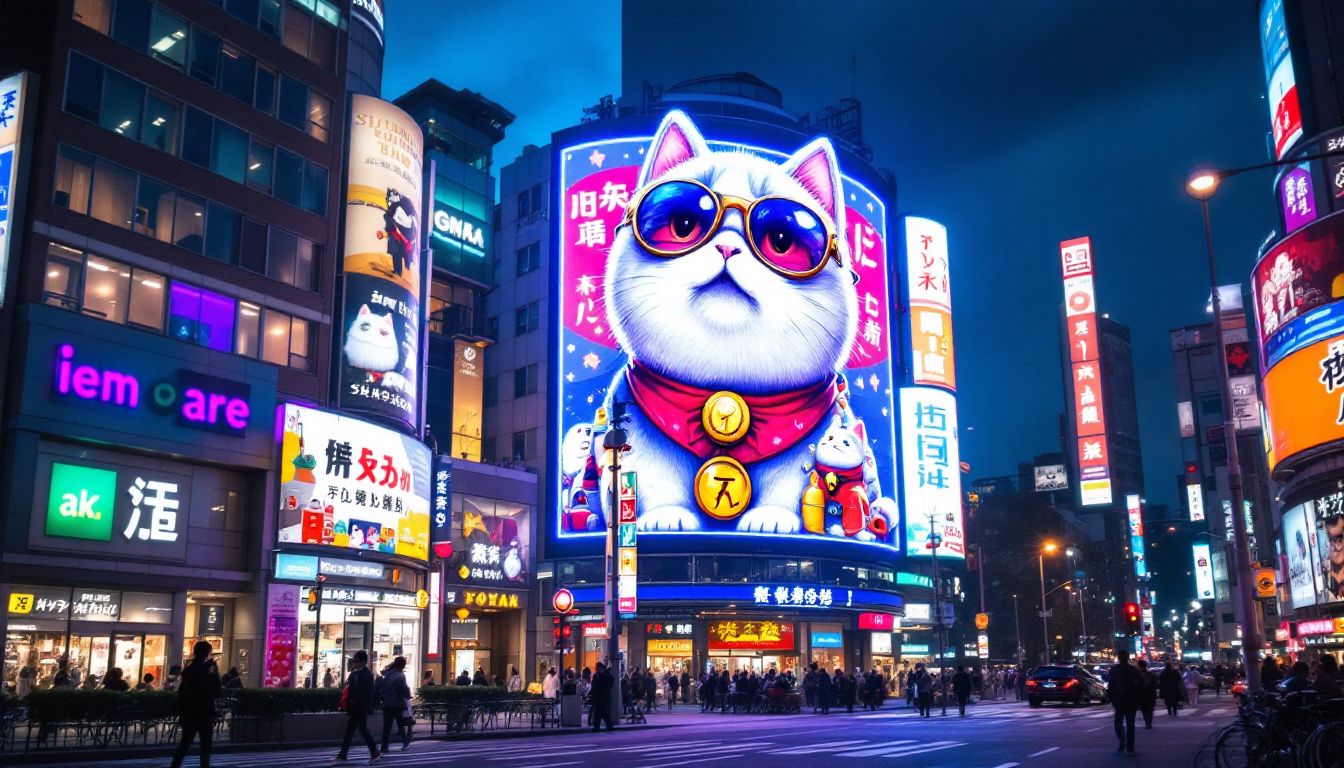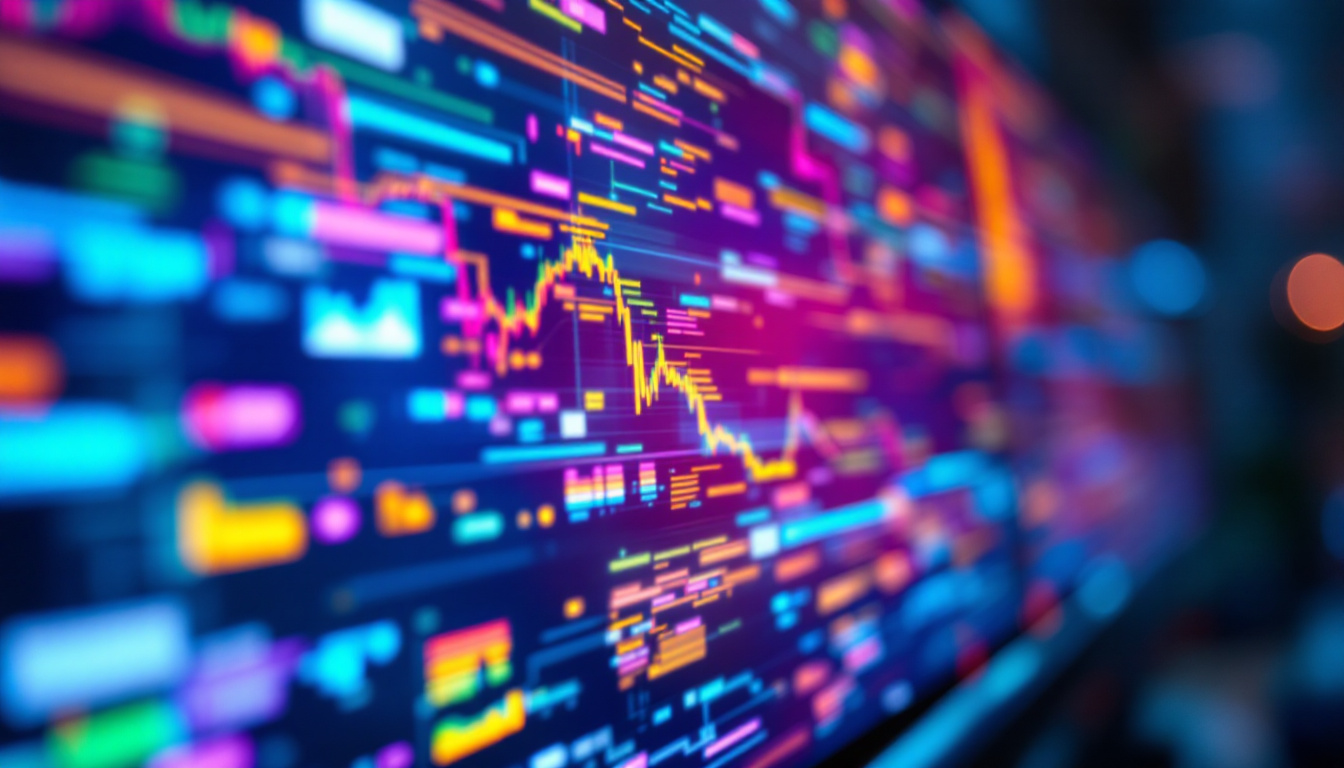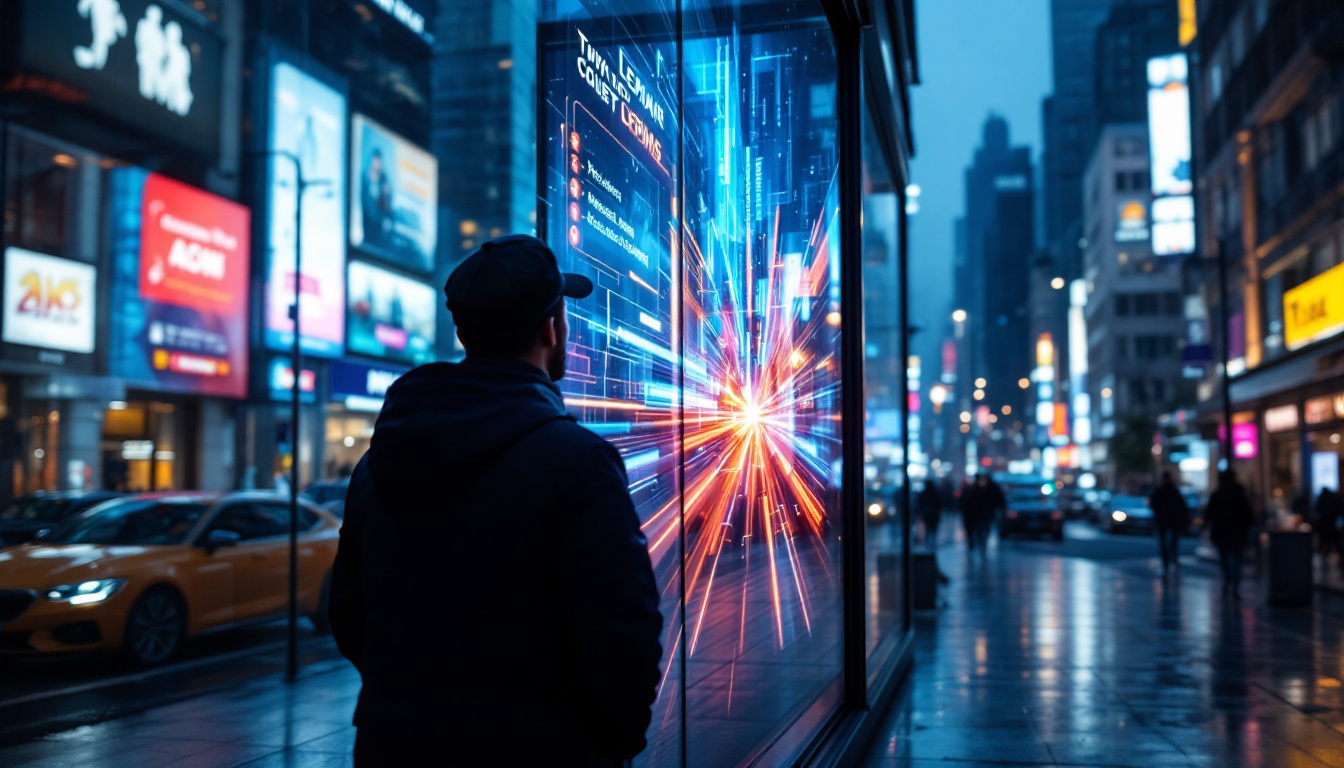In today’s fast-paced world, visual communication has become a vital aspect of marketing, entertainment, and information dissemination. LED displays have emerged as a powerful tool in this arena, offering vibrant colors, high brightness, and exceptional clarity. As businesses and event organizers seek to leverage this technology, LED rentals have gained popularity. This article delves into the intricacies of LED displays, their benefits, and the considerations for renting them.
Understanding LED Displays
LED (Light Emitting Diode) displays are a type of flat panel display that utilizes LED technology to produce images and videos. They are widely used in various settings, including concerts, trade shows, corporate events, and advertising. The technology behind LED displays has evolved significantly, resulting in higher resolutions and better performance. From vibrant billboards that light up city streets to sleek digital signage in retail stores, LED displays have become an integral part of modern visual communication.
As the demand for high-quality visual content increases, manufacturers are continually innovating LED technology. Recent advancements have led to the development of microLED and miniLED displays, which offer even greater color accuracy and contrast ratios. These new technologies are paving the way for more immersive viewing experiences, especially in home entertainment systems and high-end commercial displays. The versatility of LED displays also extends to their energy efficiency, as they consume less power compared to traditional display technologies, making them an environmentally friendly choice.
How LED Displays Work
At the core of an LED display are thousands of tiny diodes that emit light when an electric current passes through them. These diodes are arranged in a matrix format, which allows them to create images by turning on and off in various combinations. The brightness and color of each diode can be controlled independently, enabling the display to produce a wide range of colors and shades. This capability is particularly beneficial for applications that require dynamic content, such as live event broadcasting or interactive installations.
LED displays come in different types, including direct view and rear projection. Direct view LED displays are the most common, where the diodes are visible to the audience, while rear projection displays utilize projectors to display images on a screen that is illuminated from behind. The choice between these display types often depends on the specific requirements of the venue and the intended use, with factors such as viewing distance, ambient light conditions, and desired image quality playing critical roles in the decision-making process.
Types of LED Displays
There are several types of LED displays available for different applications. The most common types include:
- Indoor LED Displays: These are designed for use in enclosed spaces, such as conference rooms and shopping malls. They typically have a higher pixel density, providing clearer images at close range. Indoor displays are often used for presentations, advertising, and entertainment, enhancing the overall experience for viewers.
- Outdoor LED Displays: Built to withstand the elements, outdoor displays are brighter and more durable. They are often used for billboards, stadiums, and outdoor events. The robust construction of these displays ensures that they remain functional and visually appealing, even in harsh weather conditions, making them a popular choice for advertisers looking to capture the attention of passersby.
- Transparent LED Displays: These innovative displays allow light to pass through, making them ideal for retail environments where visibility is essential. Retailers can use transparent LED displays to showcase products while still allowing customers to see through the display, creating an engaging shopping experience. Additionally, these displays can be integrated into windows or glass walls, blurring the lines between digital content and physical space.
The Advantages of LED Rentals
Renting LED displays offers numerous advantages for businesses and event organizers. By opting for rentals instead of purchasing, organizations can enjoy flexibility, cost-effectiveness, and access to the latest technology.
Cost-Effectiveness
One of the primary benefits of LED rentals is the cost savings associated with not having to purchase the equipment outright. For many businesses, especially small to medium-sized enterprises, investing in high-quality LED displays can be prohibitively expensive. Renting allows organizations to allocate their budgets more efficiently, focusing on other aspects of their events or marketing strategies.
Additionally, rental agreements often include maintenance and support services, reducing the burden of ongoing costs related to ownership, such as repairs and upgrades.
Access to the Latest Technology
The world of LED technology is constantly evolving, with new advancements in resolution, brightness, and energy efficiency emerging regularly. By renting LED displays, businesses can take advantage of the latest innovations without the commitment of ownership. This is particularly beneficial for events that require high-quality visuals, as the latest models often provide superior performance.
Choosing the Right LED Display for Your Needs
When considering LED rentals, it’s essential to evaluate specific needs and requirements to ensure the right choice. Factors such as event type, location, and audience size play a crucial role in determining the appropriate display.
Event Type and Audience Size
The nature of the event significantly influences the choice of LED display. For instance, a large outdoor concert may require a massive screen to ensure visibility from a distance, while a corporate presentation in a small conference room may only need a smaller, high-resolution display.
Understanding the audience size and their viewing distance is crucial. Larger audiences typically require larger displays with higher brightness levels to ensure that everyone can see the content clearly, even in bright outdoor conditions.
Location and Environment
The location of the event also impacts the choice of LED display. Indoor venues with controlled lighting conditions may allow for the use of displays with lower brightness levels. In contrast, outdoor events will necessitate displays that can withstand sunlight and adverse weather conditions.
Furthermore, the installation space must be considered. Some venues may have restrictions on weight or size, which could limit the options available for rental.
Installation and Setup Considerations
Once the right LED display has been chosen, the next step is installation and setup. This process can be complex, requiring careful planning and execution to ensure optimal performance.
Professional Installation Services
Many rental companies offer professional installation services as part of their packages. This can be invaluable, especially for large displays that require specialized knowledge for setup. Professional technicians can ensure that the display is installed securely and configured correctly, minimizing the risk of technical issues during the event.
Additionally, they can assist with calibrating the display for optimal brightness and color accuracy, ensuring that the visuals are stunning and engaging for the audience.
Testing and Troubleshooting
Before the event begins, it’s essential to conduct thorough testing of the LED display. This includes checking connections, testing video feeds, and ensuring that all components are functioning correctly. Any potential issues should be identified and resolved before the audience arrives.
Having a troubleshooting plan in place is also advisable. In the event of a technical issue during the event, having a technician on-site can help resolve problems quickly, ensuring minimal disruption to the program.
Content Creation for LED Displays
While the hardware is crucial, the content displayed on LED screens is equally important. Engaging and visually appealing content can significantly enhance the effectiveness of an LED display.
Designing for LED Screens
When creating content for LED displays, it’s essential to consider the unique characteristics of the medium. High contrast, bold colors, and simple designs tend to work best, as they are more visible from a distance and in various lighting conditions.
Additionally, animations and videos can be more effective than static images, as they capture attention and convey messages more dynamically. However, it’s crucial to ensure that the content is not overly cluttered, as this can detract from the overall impact.
Content Management Systems
Many LED rental companies provide content management systems (CMS) that allow users to upload and manage their content easily. These systems often come with user-friendly interfaces, enabling quick updates and changes as needed.
Utilizing a CMS can streamline the process of content creation and ensure that the display is always showcasing the most relevant and engaging material for the audience.
Environmental Considerations
As awareness of environmental issues grows, many businesses are seeking ways to reduce their carbon footprint. LED displays are inherently more energy-efficient than traditional display technologies, but there are additional considerations when renting these systems.
Energy Efficiency
LED technology is known for its low power consumption, which not only reduces energy costs but also lessens the environmental impact. When renting LED displays, it’s beneficial to inquire about the energy efficiency of the models being offered. Opting for the latest technology can often yield even greater energy savings.
Recycling and Disposal
At the end of their lifecycle, LED displays can pose environmental challenges if not disposed of properly. Many rental companies are now adopting sustainable practices, including recycling programs for old equipment. Choosing a rental partner that prioritizes sustainability can contribute to a more environmentally friendly approach to events and displays.
Conclusion
LED rentals offer a versatile and effective solution for businesses and event organizers looking to enhance their visual communication. With a wide range of options available, understanding the technology, benefits, and considerations involved in LED displays is crucial for making informed decisions.
From evaluating specific needs to ensuring professional installation and creating engaging content, each step plays a vital role in maximizing the impact of LED displays. As technology continues to evolve, LED rentals will remain a valuable asset for those seeking to captivate audiences and convey messages effectively.
Incorporating LED displays into events not only enhances the visual experience but also fosters a deeper connection with the audience, making it an investment worth considering for any organization aiming to make a lasting impression.
Discover LumenMatrix LED Display Solutions
Ready to elevate your visual communication with the latest in LED display technology? Look no further than LumenMatrix, where innovation meets excellence. Our comprehensive range of LED display modules, from Indoor and Outdoor LED Walls to specialized solutions like Vehicle and Sports Displays, is designed to captivate your audience and amplify your message. Experience the transformative power of our LED displays and join the revolution in digital signage. Check out LumenMatrix LED Display Solutions today and bring your vision to life with unparalleled clarity and impact.

